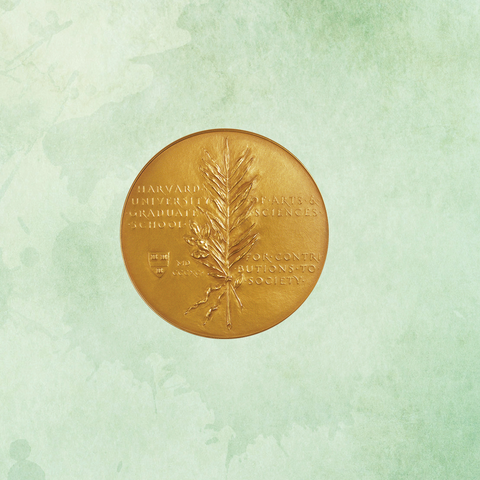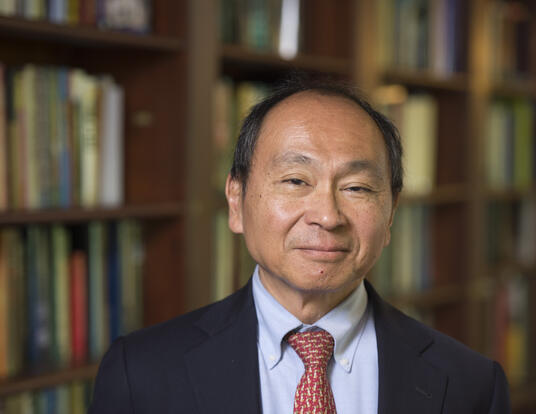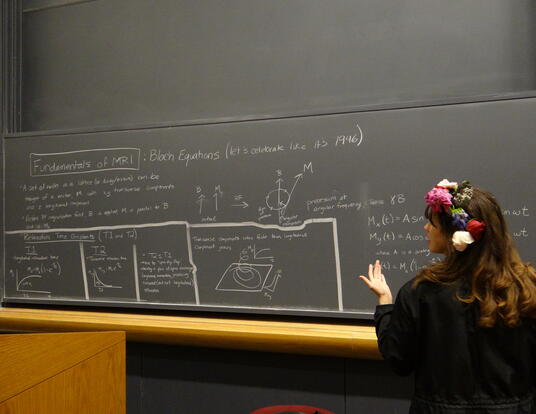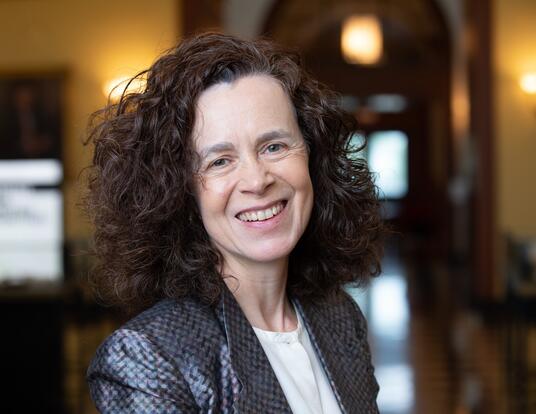Unlocking the Creativity of the Developing World
GSAS Voices: Tarun Khanna, PhD ’93
Throughout its 150th anniversary year, GSAS is foregrounding the voices of some of its most remarkable alumni and students as they speak about their work, its impact, and their experiences at the School.
Tarun Khanna is the Jorge Paulo Lemann Professor at Harvard Business School, where he studies entrepreneurship as a means to economic and social development across the developing world. He teaches related courses to undergraduates, graduate students, and those in advanced stages of their careers. He discusses his research on nurturing creativity in emerging markets and the value of learning to keep an open mind to diverse perspectives.
Enabling Heart Surgeons to Become Entrepreneurs
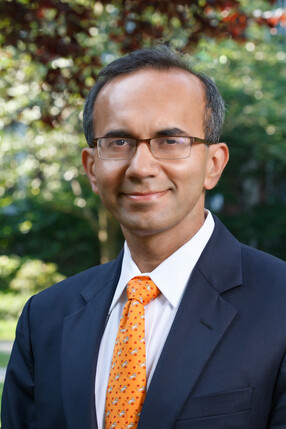
A friend of mine is one of the world’s leading pediatric heart surgeons. But because he is based in India, he cannot only be a pediatric heart surgeon. He also must figure out how to educate impoverished, less literate, emaciated patients from rural areas of the country on heart diseases, think of ways to perform telemedicine, and determine how to operate and get compensated in the widespread absence of insurance.
While many wring their hands and say that the Indian government should step in and help, the reality is that governments in developing countries might not have the capacity to address these problems to the extent a surgeon-entrepreneur would need. So my research focuses on the ways in which people like my friend can be innovators in solving the problems around them. Specifically, I study the enablers and barriers to creativity in formulating viable solutions to tough problems in developing countries. The developing world is home to six of the eight billion people alive today. My goal is to give the young people there the tools they need to address the challenges their countries face so they are not forced to look only to expertise in Boston or New York or London.
Encouraging Innovation in the World’s Largest Democracy
I was asked by the government of India to help make a policy framework for spurring entrepreneurship there. I was fortunate to lead a nationwide consultation process for most of 2015. We produced a report that crystallized a methodology for catalyzing an entrepreneurial ecosystem, building on work that my colleagues, students, and I have done over a couple of decades. It allows policymakers to understand what’s different not only between developing countries like India and mature economies like the United States, but also between different locales in developing countries—think of both Bogota in South America and Bujumbura, a very poor city in the Africa, and Bangalore, India’s most high-tech city. It was gratifying to see how work from the Harvard classroom ended up being directly implemented at such scale.
The report was presented in public and discussed and debated, and eventually it was adopted by the Indian government as the Atal Innovation Mission (AIM). AIM provides the policy backbone to “power” dozens of so-called incubators across the length and breadth of India. Where it was almost impossible for people who had an idea to launch a start-up, with these spaces, now they can.
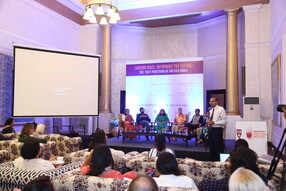
Another of my favorite parts of the program are the tinkering labs. These are maker spaces in high schools across the socioeconomic spectrum, so students can play with biomaterials, 3D printers, robotics, and software simulation engines. The labs have become hubs for volunteer-mentors to congregate around, and for corporations and foundations to step in and support them locally. There are about 10,000 currently open, with plans to open in 50,000 high schools nationwide. (The scale is neat, isn’t it?) I hope it unlocks creativity in these kids, and I think we’ll see a payoff in the coming years. We’re starting to see the “technology” of AIM spread to other countries, too.
The Value of an Open Mind
There was this mix of influences and of different disciplines at GSAS that reinforced the liberal arts education that I had at Princeton in my undergraduate years. To me, that is the real key to unlocking creativity, whether in mathematics, the sciences, or the humanities. It’s having an open mind to all kinds of knowledge and ideas.
Along those lines, I’ve had the additional privilege since 2010, thanks to then-President Drew Faust and then-Provost Steve Hyman’s invitation, to nurture and build what is now the University’s flagship effort to connect with the two billion people of South Asia, the Lakshmi Mittal and Family South Asia Institute, with vibrant hubs in New Delhi and Lahore. I think this epitomizes what GSAS—and Harvard—is about: bringing together the sciences, humanities, and professions in free-spirited collaboration with each other and with stakeholders all over the developing world.
Photos courtesy of Tarun Khanna
Get the Latest Updates
Join Our Newsletter
Subscribe to Colloquy Podcast
Simplecast Stitcher


